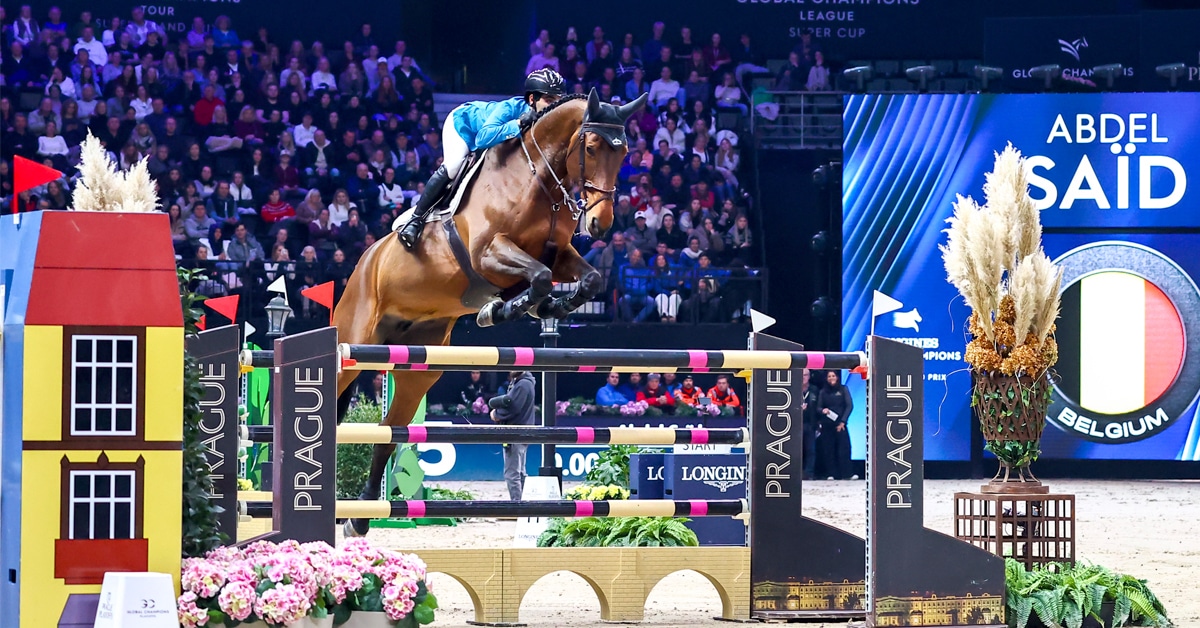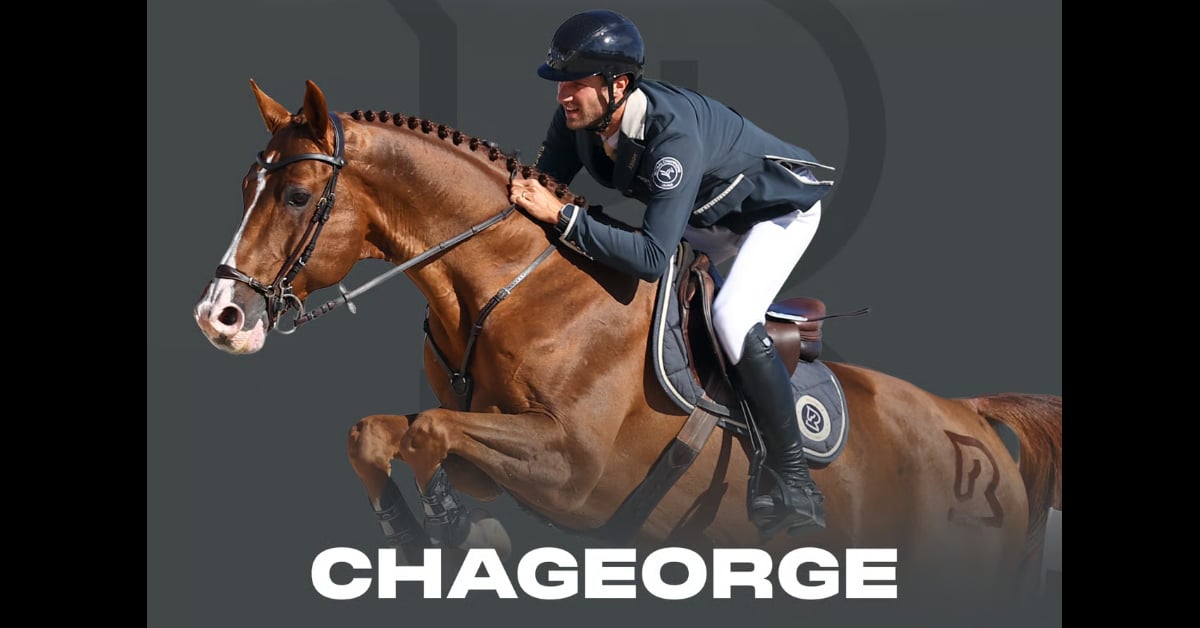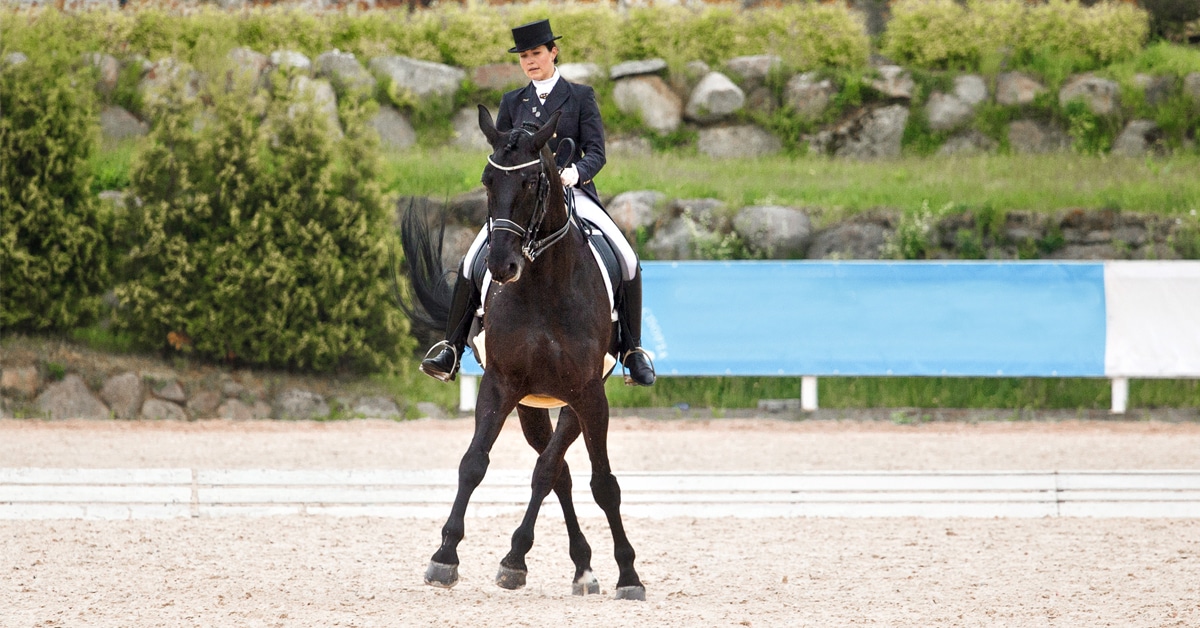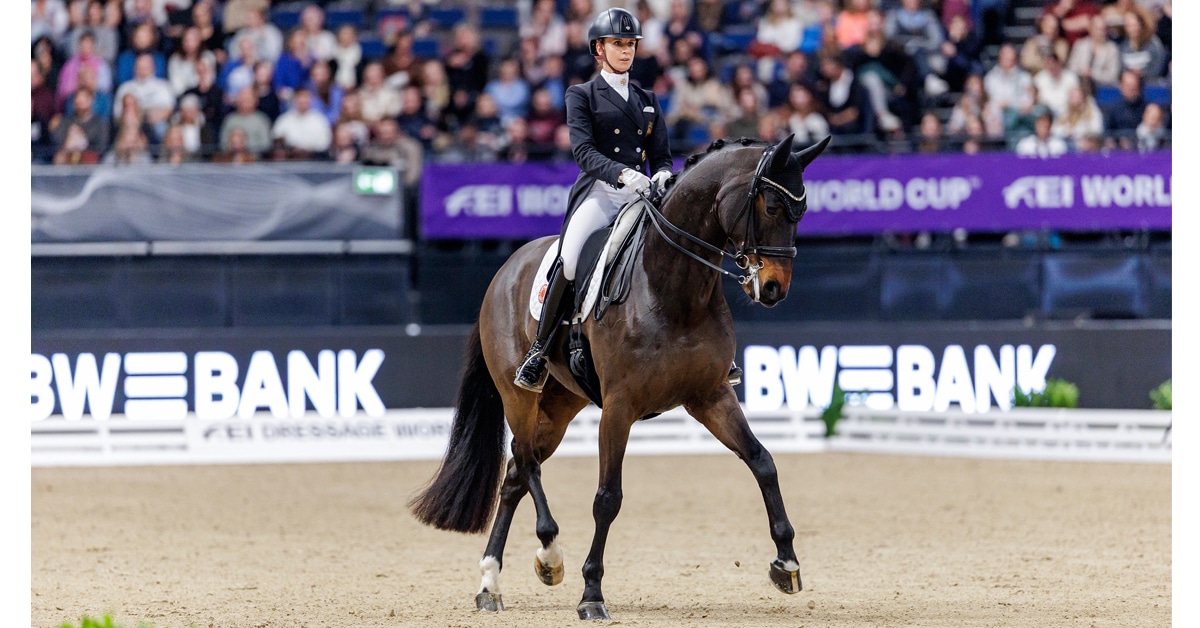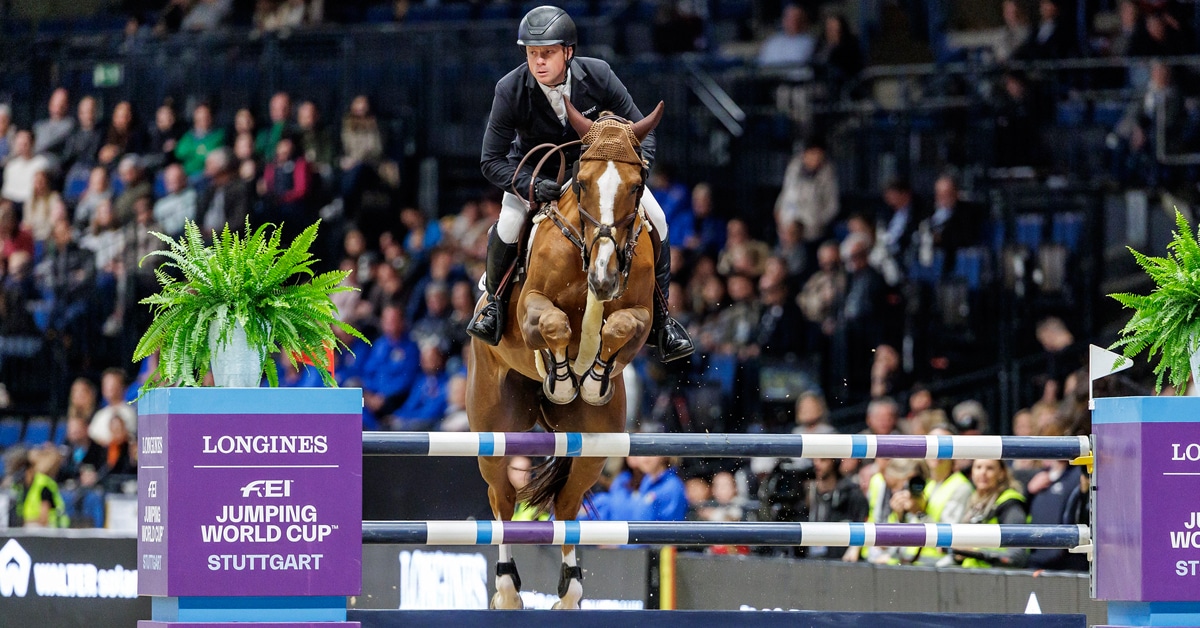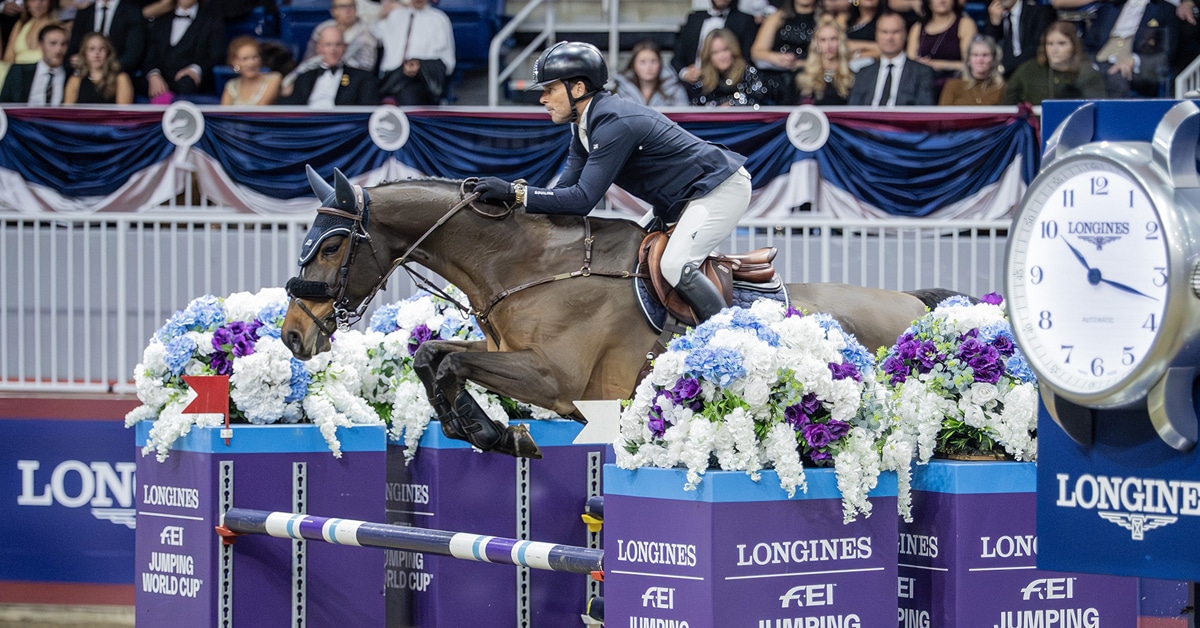It’s both a literal and figurative statement. As the Winter Equestrian Festival (WEF) has grown in duration and stature, it’s become the epicenter of a booming real estate market.
This is especially so since the global pandemic resulted an increase in year-round Florida residents, both human and equine. More people went outside and sought warmer climates. The economy surged. Hybrid and remote jobs allowed for greater flexibility in employees’ schedules. The numbers—in the horse show world—greatly support these trends.
In 2022, 10,000 horses went to a horse show during the winter season in the state of Florida. In just a year, that number has increased by 50 percent: 15,000 horses showed in Florida this winter season.
Where do you put all those horses?
The Global Equestrian Group’s (GEG) acquisition of WEF in 2021 has set in motion a series of significant changes to the horse show that will unquestionably affect the village around it. That’s because Wellington is nothing without its horse show.
But the horse show is undeniably running out of space, especially since GEG’s lease of the property known as Equestrian Village—home of the Global Dressage Festival and much of Equestrian Sport Productions’ spring, summer and fall series—is set to end after the 2024 season.
Over the course of the last few months, the team at Wellington International—rebranded from the Palm Beach International Equestrian Center during the 2023 winter show season—has advocated support for an expansion plan that would see the venue acquire 90 acres to the south of the existing venue.
It’s not a straightforward move, as for this to happen, a land change use would be required, and Wellington Lifestyle Partners, in collaboration with GEG, is working toward a swap of land use designation between the 90-acre parcel they desire (to be referred to as “Parcel F”) for the horse show and the land that’s currently home to Equestrian Village (“North Parcel”).
What does it all mean? Catie Staszak Media received an exclusive look into the plans—and the facts—behind the proposed changes:
What does a land use change mean?
To operate a horse show venue, land has to be designated for use as “Equestrian Commercial.” Presently, the WEF and Equestrian Village show grounds are designated for this land use, but the Parcel F is currently designated for “Residential” use.
Wellington Lifestyle Partners, who owns both the North Parcel and Parcel F (and has shared ownership with GEG), has put forth an application to swap the land use of these parcels, which would allow WEF to expand to its south. The North Parcel would become designated for Residential use.
How would the existing show grounds change with the addition of Parcel F?
The current WEF showgrounds encompass about 86 acres, with Equestrian Village (North Parcel) adding 50 acres to this. The addition of Parcel F’s 90 acres would bring the horse show to just under 180 acres. By the numbers, this is about a 50-acre net increase in space.
GEG plans to bring together dressage with hunter-jumper sport in one cohesive facility. There would be some relative separation, with dressage and hunters occupying the current Wellington International grounds and jumpers, including FEI moving to Parcel F, with the construction of new FEI barns and additional arenas, including a new International stadium, adjacent derby field and two covered arenas.
“The three horse sports are all important businesses, with hunter-jumpers marshaling up to 3,000 horses per week, and dressage fielding 300 horses per week – yet each sport business is very different in terms of size, scale, and profitability,” said Michael Stone, Wellington International President. “Upon completion, we will welcome the jumpers to the new facility and the hunters and dressage to the re-imagined existing Wellington International facilities. The two international arenas will provide the opportunity for all disciplines to compete in different stadium environments with ample practice areas, supporting barns and broader facilities.”
Two new entrances would be added to the Wellington International show grounds. Construction would also include a new expansive public east-to-west bridle trail, an additional parking lot onsite of the showgrounds, and new and lengthened turning lanes in the area. WLP hopes the consolidation of venues to the southwest will reduce the “highest conflict point at the intersection of South Shore Boulevard and Pierson Road.”
What about the Preserve?
The greatest argument against expansion of the show grounds has been to protect the “Preserve.” What and where does the preserve actually fall?
There are in fact two preserves in the area. The Wellington Environmental Preserve is a 365-acre rainwater storage area with nature trails and learning centers, built through a partnership between South Florida Water Management District and Wellington and located west of Flying Cow Rd. The Wellington Environmental Preserve also includes a 3.6-mile perimeter equestrian trail that is an extension of the approximately 65-mile Wellington bridle trail system. This land is protected and cannot be developed.
The land referred to as the “Equestrian Preserve Area” or EPA (where WEF, the North Parcel and Parcel F are located) is a 9,000-acre zoning overlay with defined “residential, commercial, recreational and equestrian competition venues.” This land is actually private land, and its development is regulated by the Equestrian Overlay Zoning District (EOZD).
According to the Village of Wellington, the EOZD “protects the community’s character by regulating land uses and development.” Hence, the term “preservation” has a different meaning within the EPA than normally associated with the word, as much of the land within the EPA is developed. The Village of Wellington’s comprehensive plan states the following: “Within the EPA, preservation is not focused on setting aside large open, green or natural areas for public purpose. Instead, the Equestrian Preserve seeks to protect and promote an ‘equestrian community and lifestyle.’”
A great part of this is preserving the extensive bridle path network of trails throughout Wellington, which would be maintained or grown with additional development to maintain their interconnectivity and support any additional equestrian communities developed in the future.
What’s next?
For those in favor Click Here
For those against Click Here
More News
